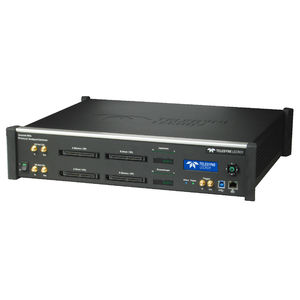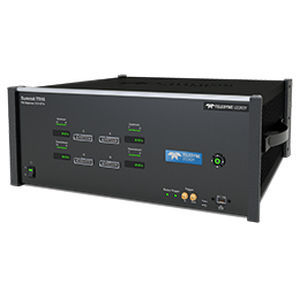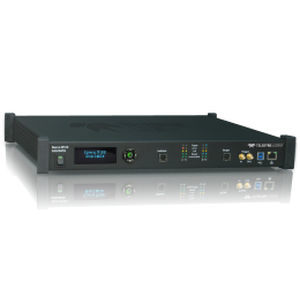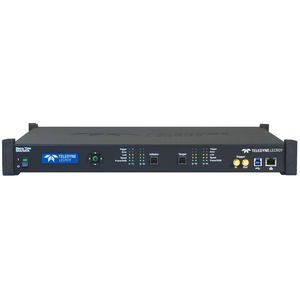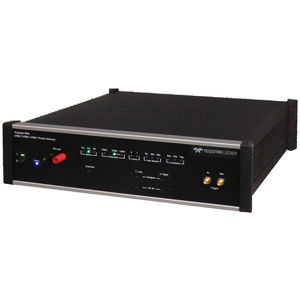
- Metrology - Laboratory
- Analytical Instrumentation
- Signal analyzer
- Teledyne LeCroy Europe
Communication network analyzer MIPI seriessignalbenchtop
Add to favorites
Compare this product
Characteristics
- Measured entity
- signal
- Application domain
- communication network
- Configuration
- benchtop
Description
MIPI Alliance defines several serial PHYs for use in mobile and mobile influenced environments, such as smartphone, automotive, augmented and virtual reality, as well as IoT. MIPI C-PHY and D-PHY busses are primarily used with camera and display implementations, while M-PHY is used with storage applications. MIPI Alliance also defines multiple interfaces and transport layers such as Camera Serial Interface (CSI-2), Display Serial Interface (DSI and DSI-2); and UniPro as a transport layer for M-PHY.
The MIPI C-PHY and D-PHY busses are both used in camera and display implementations. Each bus has a different use case to allow design engineers flexibility regarding performance, power and cost. Both PHYs can be applied for many use cases, such as smartphones, automotive camera sensing systems, collision avoidance radars, in-car infotainment and dashboard displays.
MIPI C-PHYSM provides high throughput performance over bandwidth-limited channels to connect displays and cameras to an application processor. C-PHY enables designers to scale their implementations to support a wide range of high resolution image sensors and displays while keeping power consumption low. It can also be used to connect low-cost, low-resolution image sensors, sensors offering up to 60 megapixels, as well as display panels offering 4K and higher resolution.
C-PHY is an embedded clock link that provides extreme flexibility and low latency transitions between high speed and low power modes. To do this, C-PHY introduces three-phase symbol encoding to transmit data symbols on three-wire lanes, or “trios”, where each trio includes an embedded clock.
Catalogs
No catalogs are available for this product.
See all of Teledyne LeCroy Europe‘s catalogsRelated Searches
- Concentration analyser
- Monitoring analyser
- Desktop analyzer
- Automated analyzer
- Real-time analyser
- Digital analyser
- Power quality analyzer
- Electrical network analyzer
- Frequency response analyzer
- High-performance analyser
- Trace analyser
- Signal analyser
- Power analyser
- Analyser with touchscreen
- Current probe
- Test probe
- Voltage probe
- Testing analyser
- Handheld probe
- Communication network analyzer
*Prices are pre-tax. They exclude delivery charges and customs duties and do not include additional charges for installation or activation options. Prices are indicative only and may vary by country, with changes to the cost of raw materials and exchange rates.


